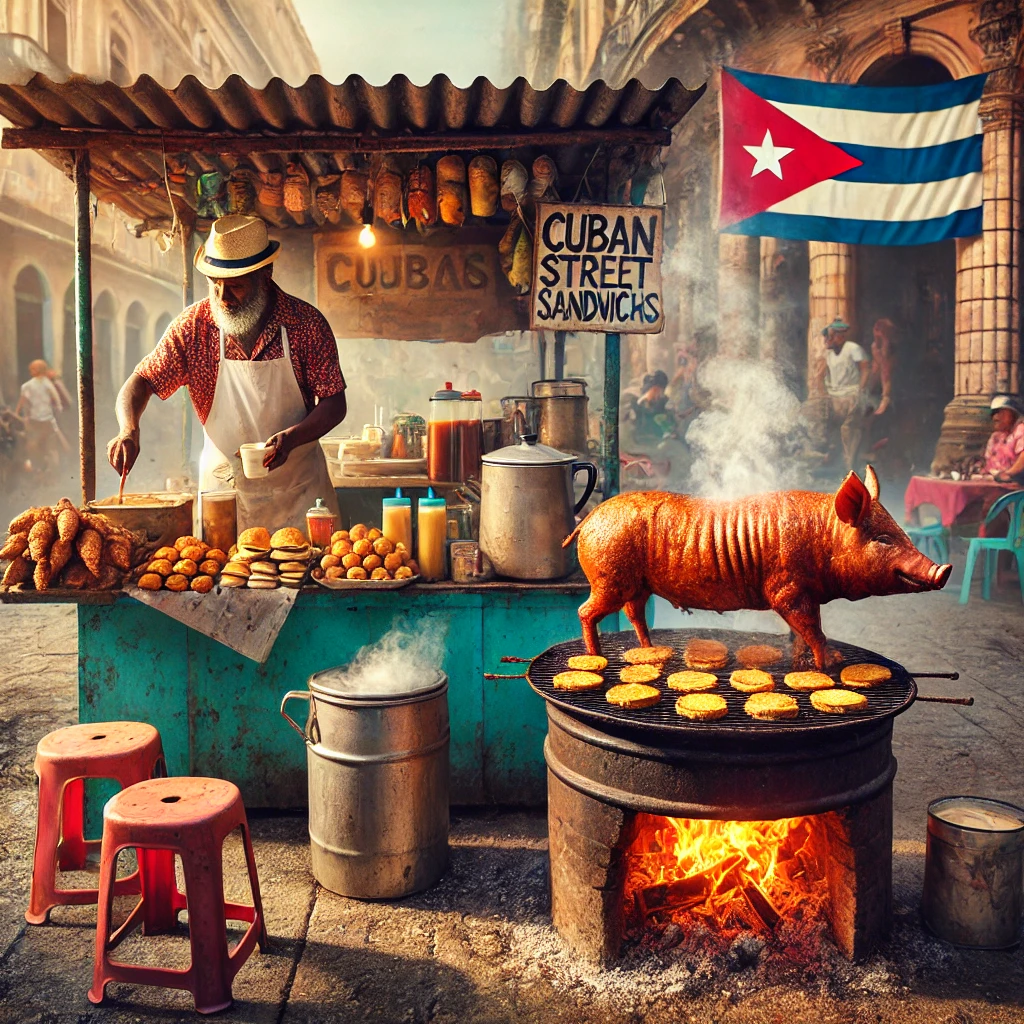Cuban street food is a vibrant blend of history, culture, and irresistible flavors. From the sizzling sound of grilled sandwiches to the rich aroma of slow-cooked meats, Cuban food stalls bring communities together. But what makes these food stalls so efficient? The answer lies beneath their very foundation—concrete slabs. Concrete surfaces provide durability, heat resistance, and a stable cooking space, making them essential for many street vendors.
In this article, we’ll explore how concrete slabs contribute to Cuban street food culture, highlight must-try Cuban dishes, and even guide you on setting up your own outdoor Cuban-style cooking space.
The Role of Concrete Slabs in Cuban Street Food
Concrete slabs are a crucial element in many Cuban street food setups. Their benefits include:
- Durability – Withstanding high temperatures and heavy cooking equipment.
- Heat Retention – Helping maintain steady temperatures for roasting and grilling.
- Easy Maintenance – Simple to clean and resistant to spills and grease buildup.
- Stability – Providing a solid surface for food prep, cooking, and serving.
Many Cuban vendors use concrete countertops, stoves, or outdoor grills built on slabs, ensuring longevity and efficiency. If you’re considering a concrete slab for your own outdoor cooking setup, you can explore professional Concrete Slabs Services for expert assistance.
Essential Cuban Street Foods and How They’re Made
Cuban street food is all about bold flavors and simple yet effective cooking techniques. Here are some must-try dishes and how they benefit from concrete slab cooking:
1. Tostones (Fried Plantains)
Tostones are twice-fried plantain slices, commonly flattened and crisped on high-heat stovetops, often placed on concrete countertops. The sturdy surface provides a perfect spot for quick preparation.
2. Ropa Vieja (Shredded Beef)
This slow-cooked beef dish is packed with spices and simmered for hours in a rich sauce. Many street vendors use concrete slab stoves or fire pits to cook large batches at once.
3. Cuban Sandwich
This classic sandwich is pressed with a heavy cast iron or flat grill, sometimes placed directly on a concrete surface for stability. The result? A crispy, melty Cuban delight!
4. Lechón Asado (Roast Pork)
Roasted pork is a Cuban staple, often cooked in outdoor fire pits built on concrete slabs. The slabs act as a fire-resistant surface, making the cooking process safer and more efficient.
5. Cuban Coffee (Café Cubano)
Espresso-style Cuban coffee is brewed in small kiosks or outdoor setups, frequently using concrete counters for preparation and service. If you want to explore authentic Cuban recipes, check out Rachel’s Cuban Kitchen for delicious inspirations.
Setting Up a Cuban-Style Outdoor Cooking Area with Concrete
Want to bring the magic of Cuban street food to your backyard? Follow these steps to build a Cuban-inspired outdoor cooking space:
- Choose the Right Concrete Slab – Opt for a smooth, durable slab that can handle high temperatures and frequent use.
- Build a Fire Pit or Grill Base – Use concrete as a foundation for a fire pit or grill station.
- Install a Prep Counter – A concrete countertop provides a sturdy surface for cutting, marinating, and plating dishes.
- Ensure Proper Ventilation – Keep your cooking area well-ventilated to mimic the open-air feel of Cuban street food stalls.
- Add Traditional Cooking Tools – Invest in a sandwich press, large pots for stews, and a sturdy grill.
Cooking Techniques Inspired by Cuban Street Vendors
Cuban street vendors have mastered efficient cooking techniques that can be replicated at home:
- Fire Pits & Concrete Stoves – Ideal for slow-roasting meats like lechón asado.
- Concrete Countertops for Prep & Serving – Easy to clean and maintain.
- High-Heat Grilling – Essential for achieving authentic Cuban flavors in sandwiches and meats.
The Social and Cultural Impact of Street Food in Cuba
Cuban street food isn’t just about great flavors; it’s about community. Vendors often set up stalls in bustling areas where locals and tourists gather to share meals and conversations. The vibrant street food culture reflects Cuba’s rich history and traditions, making every bite a cultural experience.
Conclusion
Concrete slabs play an essential role in the success of Cuban street food vendors, offering a sturdy, heat-resistant, and long-lasting foundation for cooking. Whether you’re exploring the best Cuban food stalls or setting up your own outdoor Cuban-style kitchen, concrete is a key ingredient.
So, why not fire up the grill and bring the essence of Cuban street food right to your backyard?

